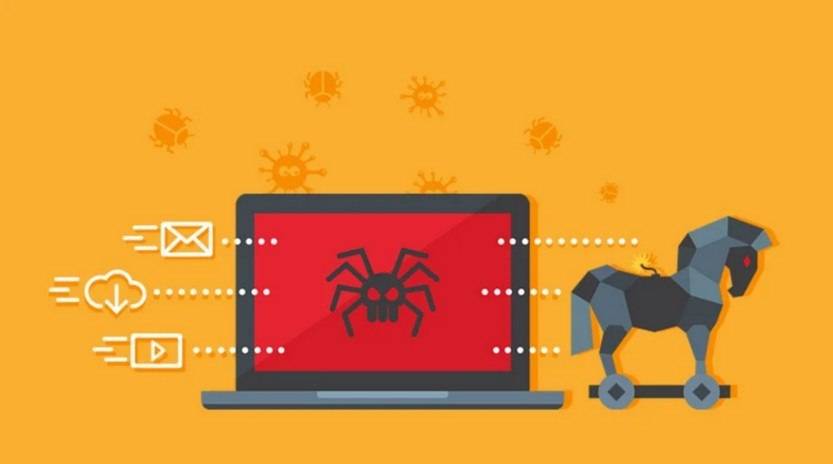Scams have become increasingly prevalent in the digital age, with fraudsters constantly devising new ways to deceive unsuspecting individuals. One such scam that has gained significant traction in recent years is the ‘Free Cadbury Chocolate Hamper’ Facebook giveaway scam. This article aims to shed light on this scam, providing a detailed analysis of what it is, how it works, what to do if you have fallen victim, and the technical details behind it.

What is the ‘Free Cadbury Chocolate Hamper’ Facebook Giveaway Scam?
The ‘Free Cadbury Chocolate Hamper’ Facebook giveaway scam is a fraudulent scheme that preys on the desire for freebies and discounts. Scammers create fake Facebook pages or posts claiming to offer a chance to win a Cadbury chocolate hamper. These posts often appear legitimate, featuring the Cadbury logo, enticing images of mouth-watering chocolates, and a compelling caption that promises a chance to win.
These scams typically target a wide audience, as almost everyone enjoys the idea of receiving free goodies. The scammers exploit this desire by tricking users into engaging with their posts, sharing personal information, or even downloading malicious software onto their devices.
How Does the ‘Free Cadbury Chocolate Hamper’ Facebook Giveaway Scam Work?
The ‘Free Cadbury Chocolate Hamper’ Facebook giveaway scam operates through a series of deceptive tactics designed to manipulate users into taking certain actions. Here is a step-by-step breakdown of how the scam typically unfolds:
- The scammer creates a fake Facebook page or post that appears to be from Cadbury, complete with the company’s logo and branding.
- The post claims that Cadbury is giving away free chocolate hampers to a limited number of lucky winners.
- To participate, users are instructed to like, share, and comment on the post, thereby increasing its visibility and reach.
- Some scams may also require users to click on a link or visit a website to enter the giveaway.
- Once users have engaged with the post or clicked on the link, they may be redirected to a phishing website or prompted to download a file.
- If users fall for these tactics, they may unknowingly provide personal information, such as their name, address, phone number, or even credit card details.
- In some cases, the downloaded file may contain malware or viruses that can compromise the user’s device and personal data.
It is important to note that legitimate companies like Cadbury rarely conduct giveaways through Facebook posts. Therefore, any such offer should be approached with caution.
What to Do If You Have Fallen Victim to the Scam?
If you have fallen victim to the ‘Free Cadbury Chocolate Hamper’ Facebook giveaway scam, it is crucial to take immediate action to protect yourself and minimize the potential damage. Here are the steps you should follow:
- Change your Facebook password: Start by changing your Facebook password to prevent further unauthorized access to your account.
- Scan your device for malware: Run a scan with a reliable antivirus software like Malwarebytes Free to detect and remove any malicious software that may have been downloaded.
- Monitor your accounts: Keep a close eye on your bank accounts, credit cards, and other online accounts for any suspicious activity. Report any unauthorized transactions immediately.
- Report the scam: Report the scam to Facebook by clicking on the three dots in the top-right corner of the post and selecting “Report post” or “Report ad.” This helps Facebook take action against the scammer and prevent others from falling victim.
- Spread awareness: Share your experience with friends and family to raise awareness about the scam and prevent others from falling into the same trap.
Technical Details of the Scam
Understanding the technical aspects of the ‘Free Cadbury Chocolate Hamper’ Facebook giveaway scam can provide valuable insights into the methods employed by scammers. Here are some key technical details:
- Phishing websites: Scammers often create fake websites that closely resemble legitimate ones, tricking users into entering their personal information. These websites may have URLs that are slightly different from the official Cadbury website.
- Malware and viruses: Some scams involve downloading files that contain malware or viruses. These malicious programs can compromise the user’s device, steal sensitive information, or even grant remote access to the scammer.
- Social engineering: Scammers use psychological manipulation techniques to exploit human emotions and behaviors. By creating a sense of urgency or promising enticing rewards, they persuade users to take actions that they would otherwise avoid.
- Bot networks: Scammers may employ bot networks to automate the process of liking, sharing, and commenting on their posts. This gives the illusion of popularity and legitimacy, making it more likely for unsuspecting users to engage with the scam.
Conclusion
The ‘Free Cadbury Chocolate Hamper’ Facebook giveaway scam is a deceptive scheme that preys on people’s desire for freebies. By creating fake Facebook pages or posts, scammers trick users into engaging with their content, sharing personal information, or downloading malicious software. It is crucial to remain vigilant and skeptical of such offers, as legitimate companies rarely conduct giveaways through social media platforms. If you have fallen victim to this scam, take immediate action by changing your password, scanning your device for malware, monitoring your accounts, and reporting the scam to Facebook. By staying informed and spreading awareness, we can collectively combat these scams and protect ourselves and others from falling victim to online fraud.










